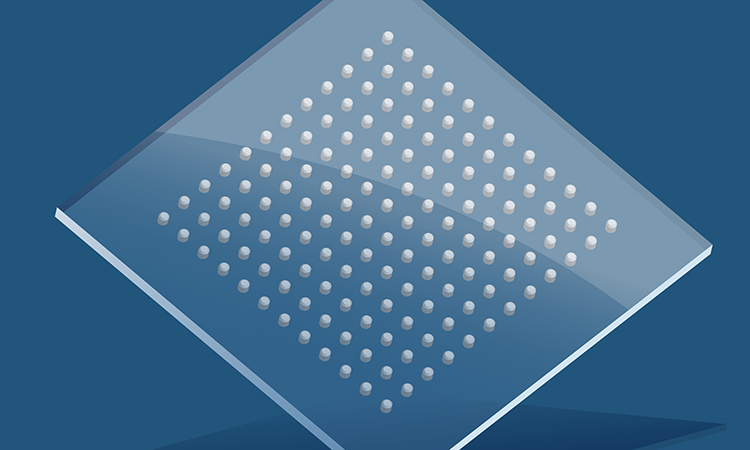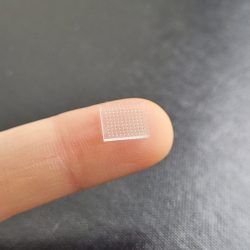3D printed microneedle vaccine shows promise in animals
Posted: 19 October 2021 | Victoria Rees (Drug Target Review) | No comments yet
Researchers have shown that a new microneedle vaccine patch was 10 times stronger at generating an immune response in animals than a subcutaneous injection.

Scientists at Stanford University and the University of North Carolina at Chapel Hill, both US, have created a three-dimensionally (3D) printed vaccine patch that they say could provide greater protection than a typical vaccine shot.
According to the researchers, the resulting immune response in animals from the vaccine patch was 10 times greater than vaccines delivered into an arm muscle with a needle jab.
“In developing this technology, we hope to set the foundation for even more rapid global development of vaccines, at lower doses, in a pain- and anxiety-free manner,” said lead study author Professor Joseph DeSimone.
Results from the study, published in the Proceedings of the National Academy of Sciences, show that the vaccine patch generated a significant T cell and antigen-specific antibody response in animals that was 50 times greater than a subcutaneous injection delivered under the skin. The team say that heightened immune response could lead to dose sparing, with a microneedle vaccine patch using a smaller dose to generate a similar immune response as a vaccine delivered with a needle and syringe.

Scientists at the University of North Carolina at Chapel Hill and Stanford University have used a 3D printer to produce a microneedle vaccine patch that dissolves into the skin to boost immunity [credit: University of North Carolina at Chapel Hill].
Most microneedle vaccines are fabricated with master templates to make moulds. However, the moulding of microneedles is not very versatile and drawbacks include reduced needle sharpness during replication.
“Our approach allows us to directly 3D print the microneedles which gives us lots of design latitude for making the best microneedles from a performance and cost point-of-view,” said lead study author Shaomin Tian.
The team are continuing to innovate by formulating RNA vaccines, like the Pfizer and Moderna COVID-19 vaccines, into microneedle patches for future testing.
The researchers also highlight that vaccine patches, which incorporate vaccine-coated microneedles that dissolve into the skin, could be shipped anywhere in the world without special handling and people can apply the patch themselves. Moreover, the ease of using a vaccine patch may lead to higher vaccination rates.
Related topics
3D printing, Drug Delivery, Drug Discovery, Immunology, Vaccine
Related conditions
Covid-19
Related organisations
Stanford University, University of North Carolina at Chapel Hill
Related people
Professor Joseph DeSimone, Shaomin Tian







